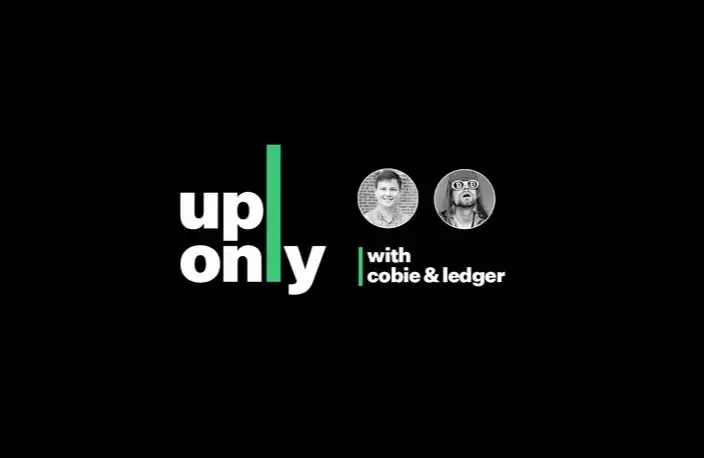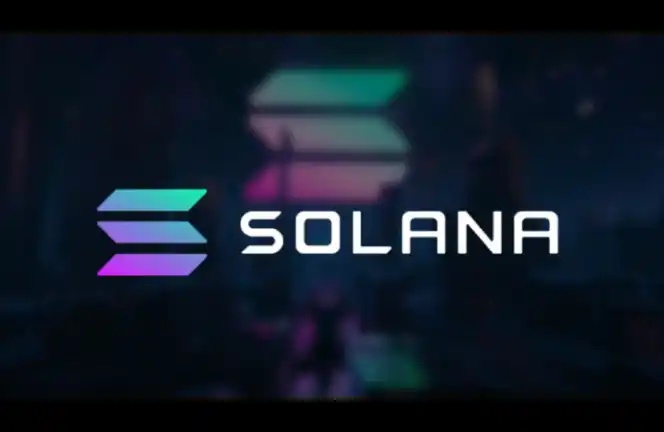How will DeFi introduce unsecured loans in the future?
Original author: cs361
Original compilation: Jack (0x137), BlockBeats
AMM innovation has driven the explosive growth of the DeFi industry, from $500 million in the last cycle to $20 billion at its peak—a 400-fold increase today. What if I told you that we are on the verge of another innovation that could have a similar impact? Let's move towards efficiency: no/low mortgage.
The existence of credit markets is key to stimulating economic growth and is a central part of an efficient economic system. In TradFi, secured and unsecured loans. A secured loan requires collateral assets, such as a house, car, or stock, with a loan-to-value ratio of approximately 110%. These are cheap because there is very little counterparty risk. Unsecured loans have higher interest rates and are backed only by credit scores.
While secured loans are already an integral part of DeFi (albeit with a higher LTV), Not having unsecured loans is a huge bottleneck. Then why is it so difficult to chain this financial instrument with a history of nearly a hundred years? Several aspects:
Credit Default
In the traditional world, there are gatekeepers (Gatekeeper) to perform KYC and reputation rating, but this violates the principles of automation, transparency and non-discrimination of DeFi. And without the aid of these standards, a major tactic for borrowers to cheat is to not repay their loans.
Speed down
Any kind of additional check on the borrower can significantly slow down the loan approval time. However, the current over-collateralized loan service provides extremely fast loan approval, which is the unique selling point of DeFi.
Lower Mobility/Flexibility
< /p>
Most borrowers are only interested in predictable fixed rates and term loans. Lenders need to comfortably lock up their assets for a longer period of time. In the dynamic crypto market, few are willing to do that.
Regulatory Risk
Offering unsecured loans will draw regulatory attention to the agreements that provide them, as has been the case since the 2008 financial crisis.
Specific Loan Risk
1. Real-world assets and NFT loans, that is, asset liquidity
2. Credit score-scarce on-chain data, anyone can make unlimited wallets
3 . Off-chain credit integration - relying on TradFi infrastructure
Although there are many risks and challenges, But there are still many protocols that provide undercollateralized loans in different forms. As with most problems, there are multiple potential paths to a solution. Let's take a look at the most promising solutions, what problems they solve, and what problems remain.
I have given a rough overview in the image below:

Use zero-knowledge proof to achieve KYC without pre-sharing with counterparties personal information. Lenders are able to verify the creditworthiness of borrowers through proof of validity of issued zkKYC tokens.
This implementation of kKYC is not decentralized but focused on the institutional market. However, there are some advantages to staying centralized. It's still a big improvement over the usual clearing system.

< /p>
2. Debt Tokenization
The ERC-20 Token representing the debt owed by the institution is for private investors looking for a safe return Ideal investment vehicle. In the case of zero-coupon bonds, the debt token gains value before maturity.
3. Agent account
This solution is best suited for providing unsecured loans to retail investors and does not require KYC.
Borrower deposits collateral and gets loan agent smart contract. The funds are controlled by the borrower, but since correspondent accounts are limited to certain agreements and do not allow withdrawals, it is impossible to run away with the money.
Proxy accounts enforce trust at the code level by restricting functionality.
Overall, the most promising all-round solution is zkKYC, as it provides both institutional and private Participants provide a way to obtain loans. The best way for investors to earn yield on borrowing is to buy tokenized debt at a discount and wait until maturity or sell early.
While retail investors can use proxy accounts to borrow funds and interact with the largest protocols in a leveraged manner . On Gearbox Protocol these include Curve, Uniswap, Sushi, and Yearn, among others.
More solutions:
1. Contract-to-contract lending - mostly untapped; flash loans (non-traditional lending)
2. (Social) Default Recovery Fund - guaranteed repayment with multi-signature fund
3. Native Token Incentives - Loans < Nominal Return + Native Token Emissions, Of course, This Will Bring Emission Issues
As part of the on-chain movement of the $70 trillion global lending market, creating a safe and efficient infrastructure for debt issuance will attract sticky capital into the market.

< /p>
I don't think true decentralization will win here, as traditional companies need a regulatory framework to make this leap. It will be interesting to keep watching developments in this space as more and more protocols experiment with unique spins on loan issuance.
One last word. No/Low mortgages are leveraged and they directly contributed to the financial crisis of 2008 which pushed the global economy to the brink of extinction. So this thing, done right, will solidify DeFi as part of this economy. Done wrong, it will provide an excellent reason for regulation to bomb DeFi until it gradually becomes irrelevant.
Welcome to join the official BlockBeats community:
Telegram Subscription Group: https://t.me/theblockbeats
Telegram Discussion Group: https://t.me/BlockBeats_App
Official Twitter Account: https://twitter.com/BlockBeatsAsia




 Forum
Forum Finance
Finance
 Specials
Specials
 On-chain Eco
On-chain Eco
 Entry
Entry
 Podcasts
Podcasts
 Activities
Activities
 OPRR
OPRR





